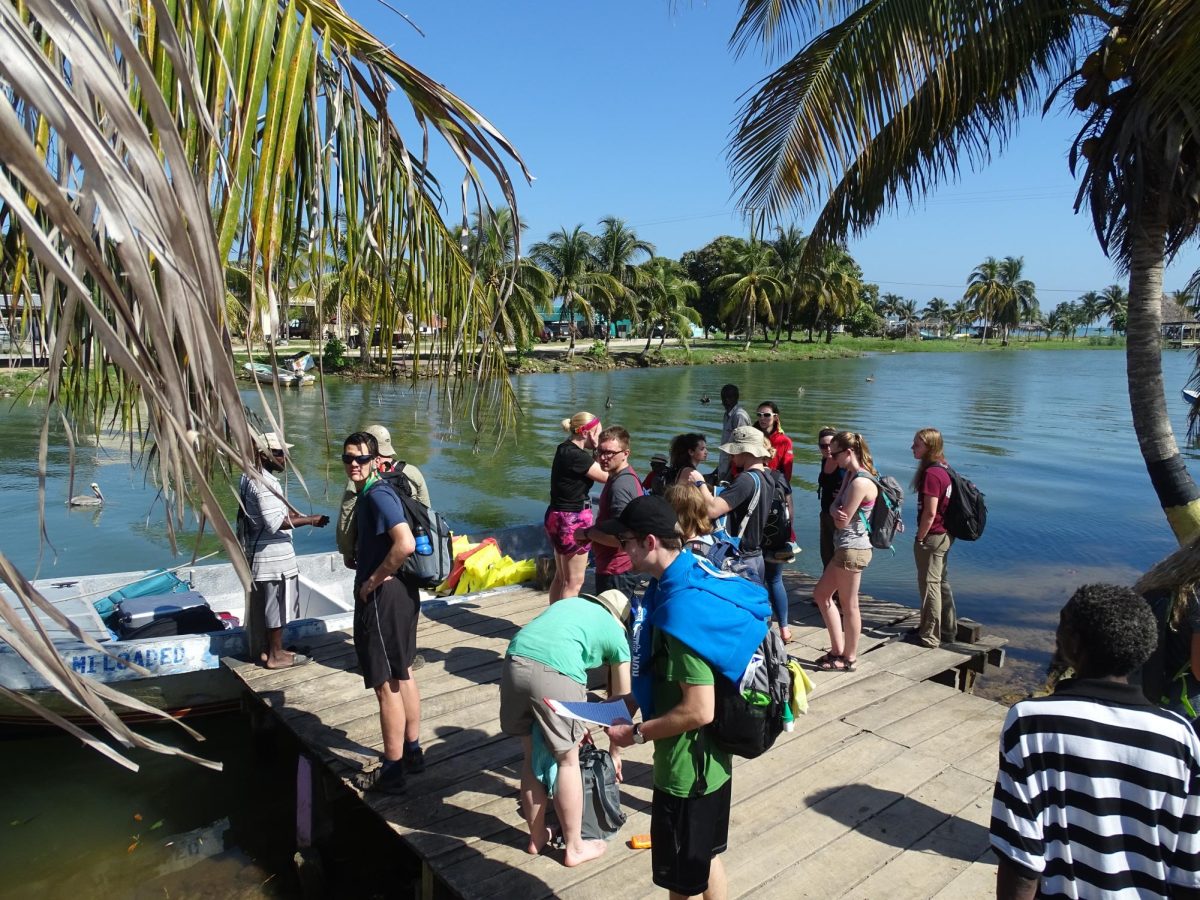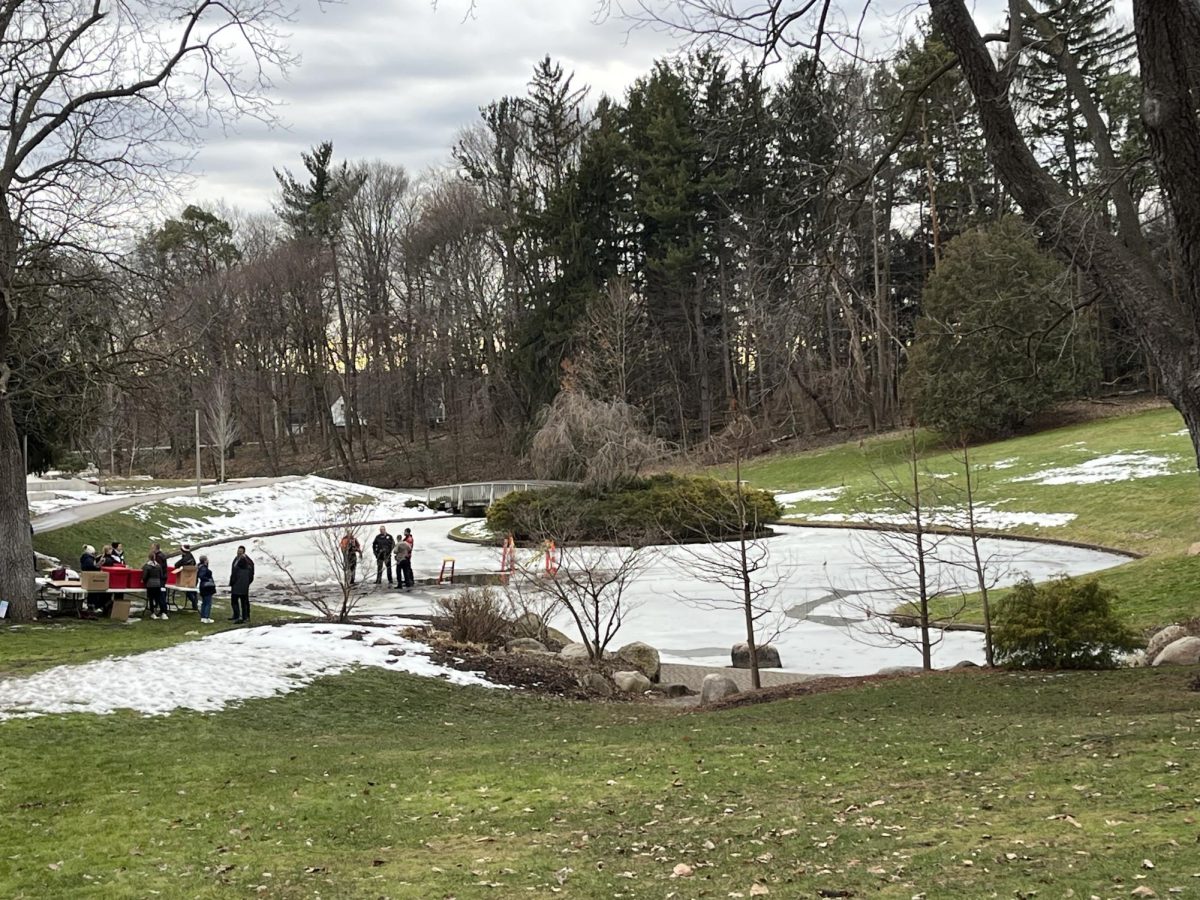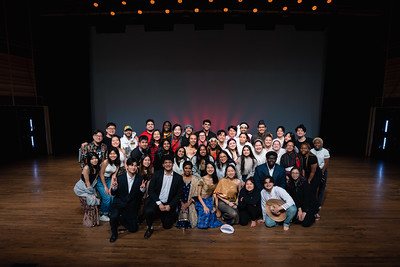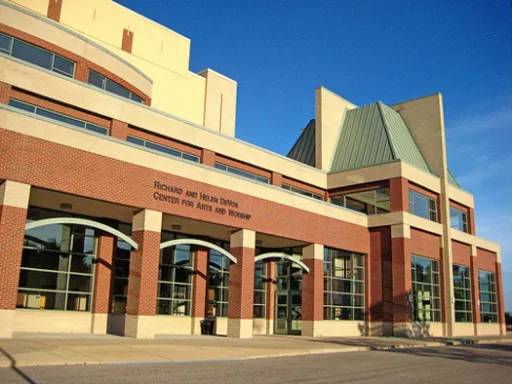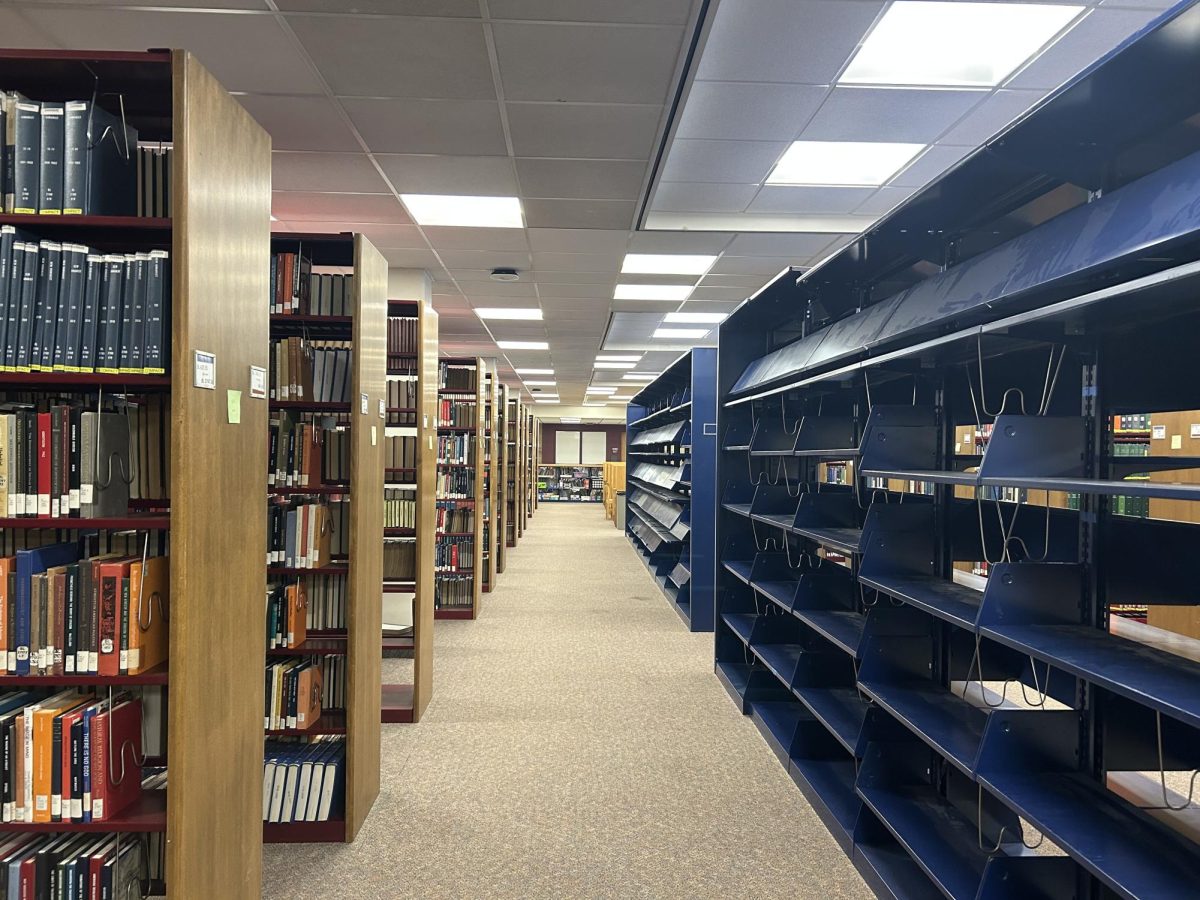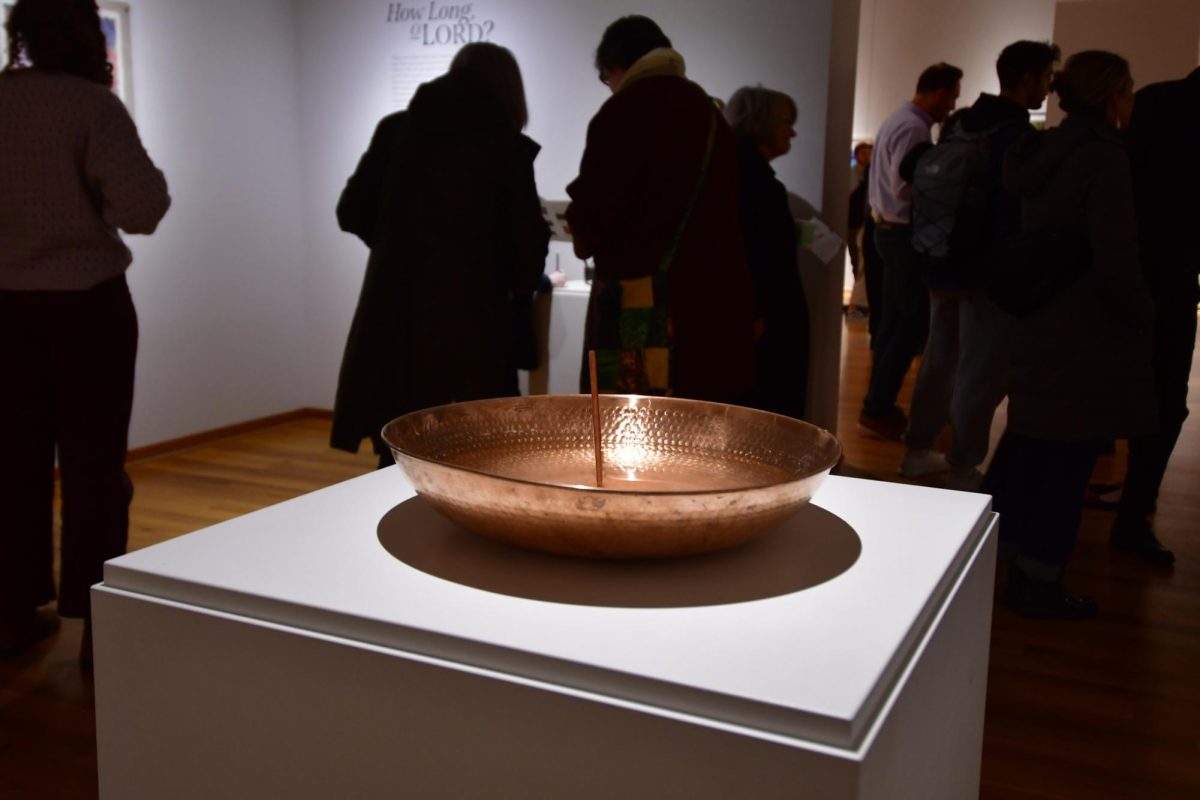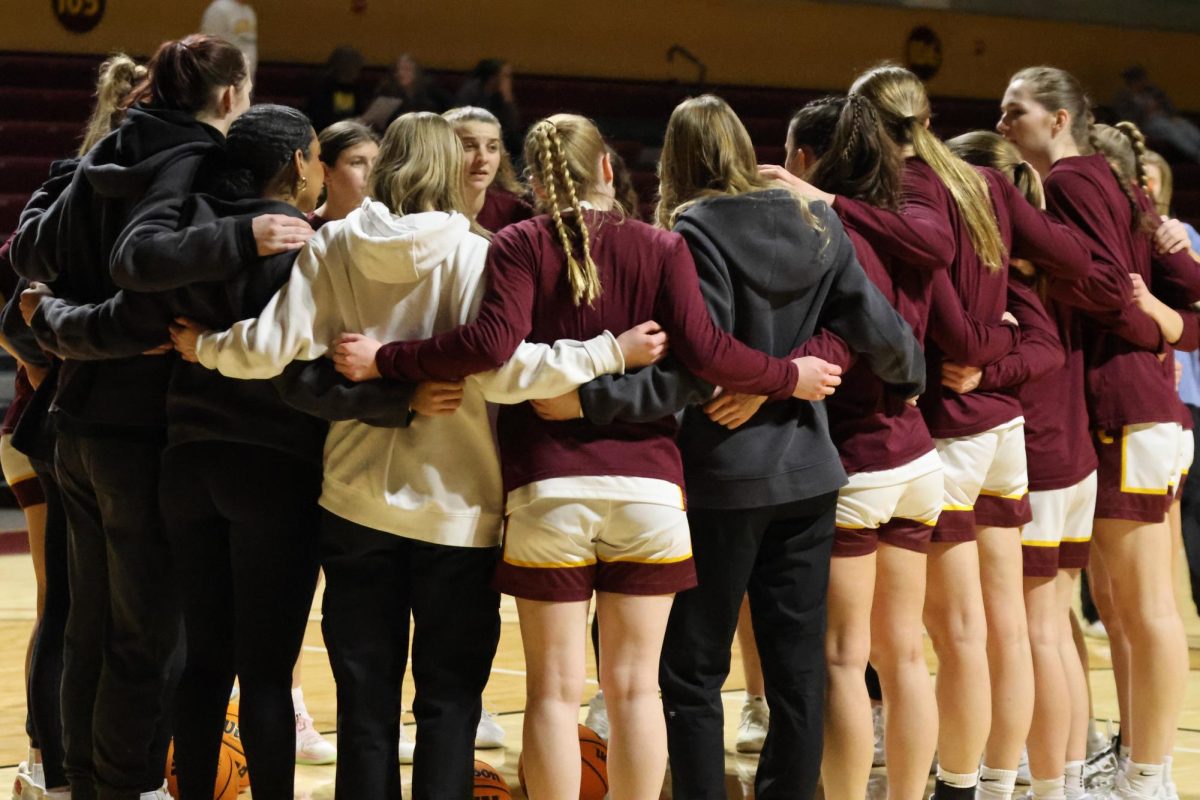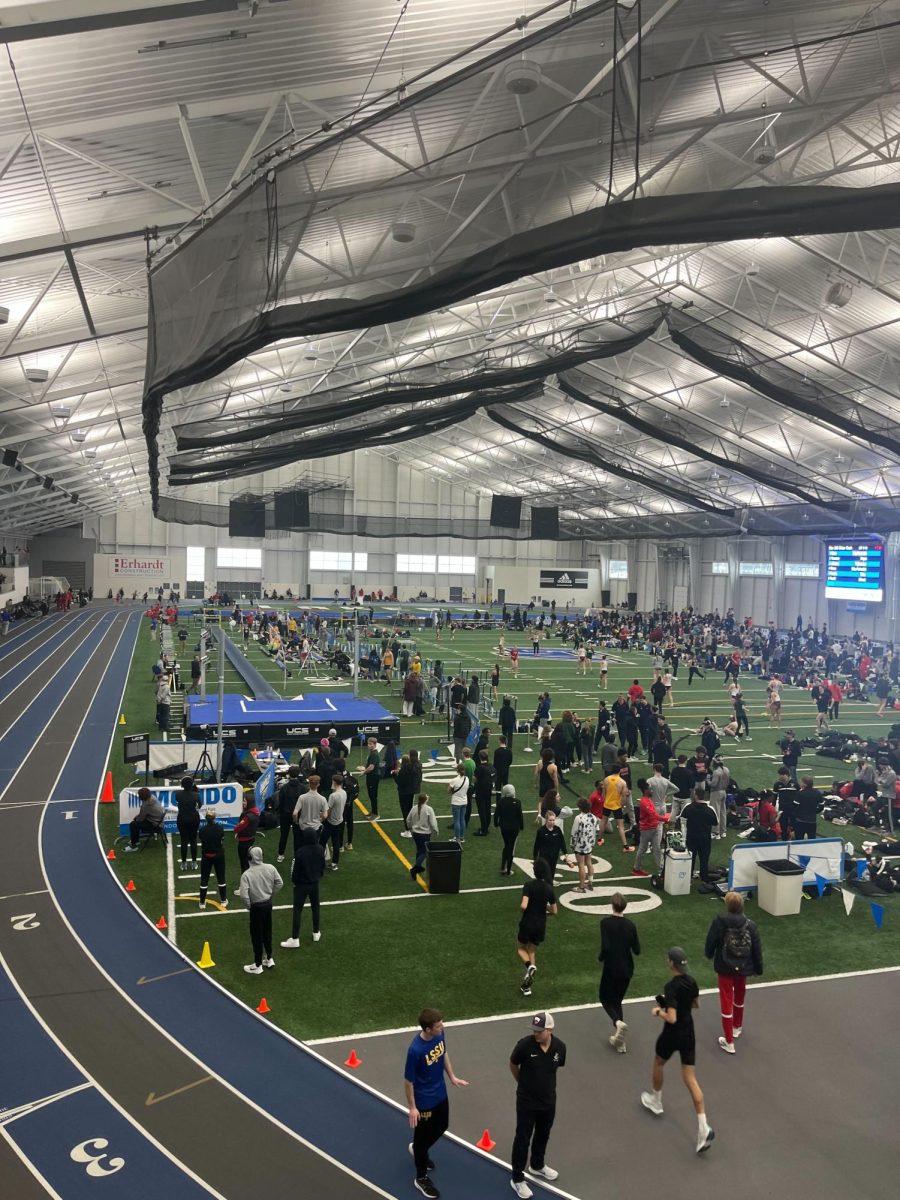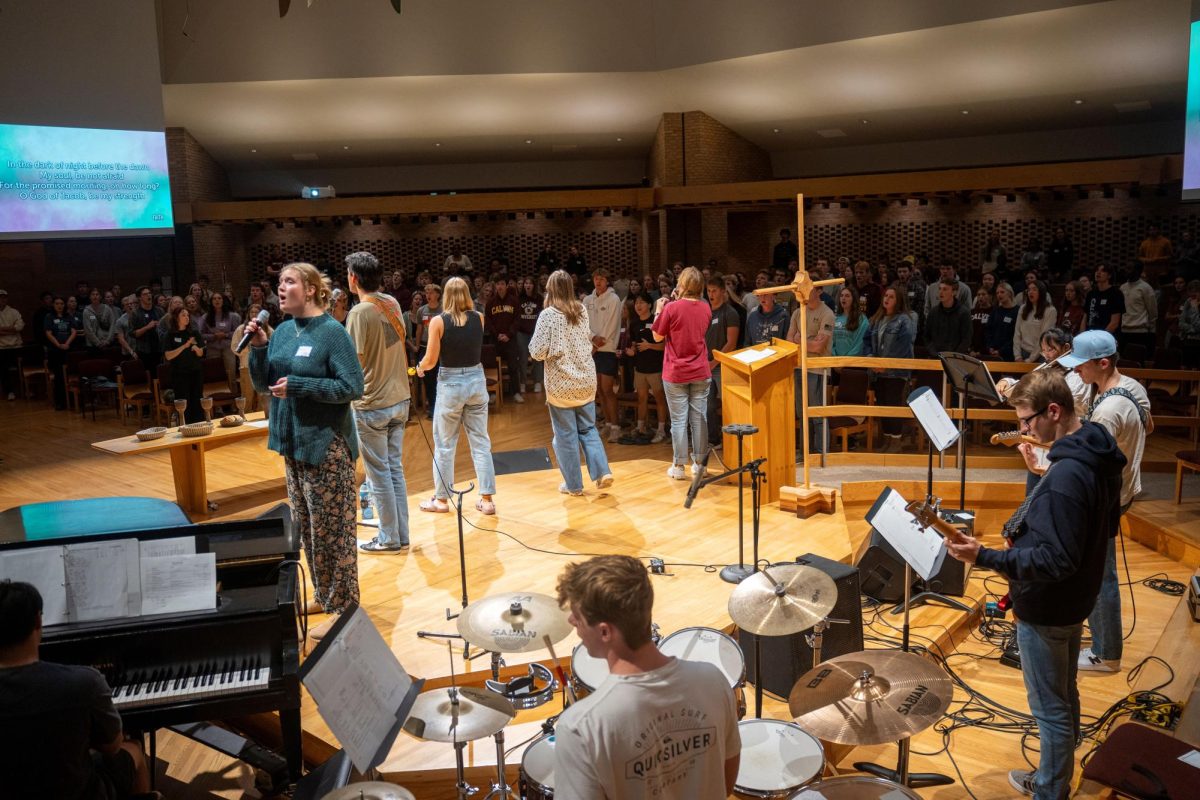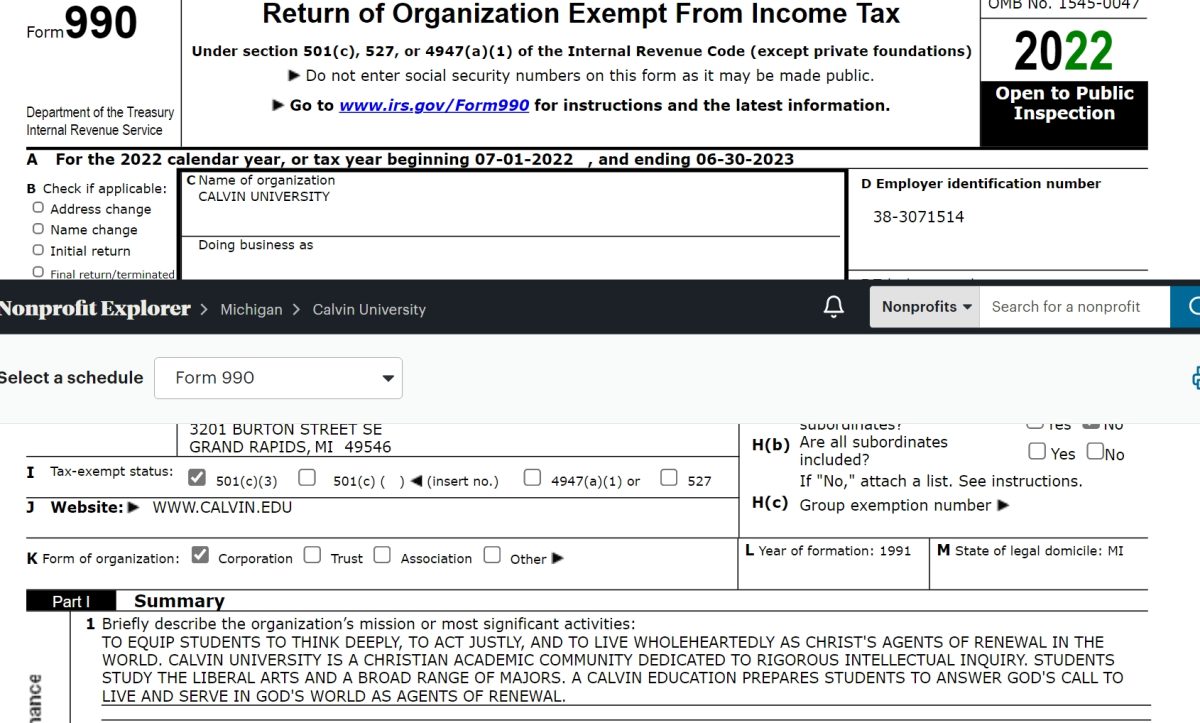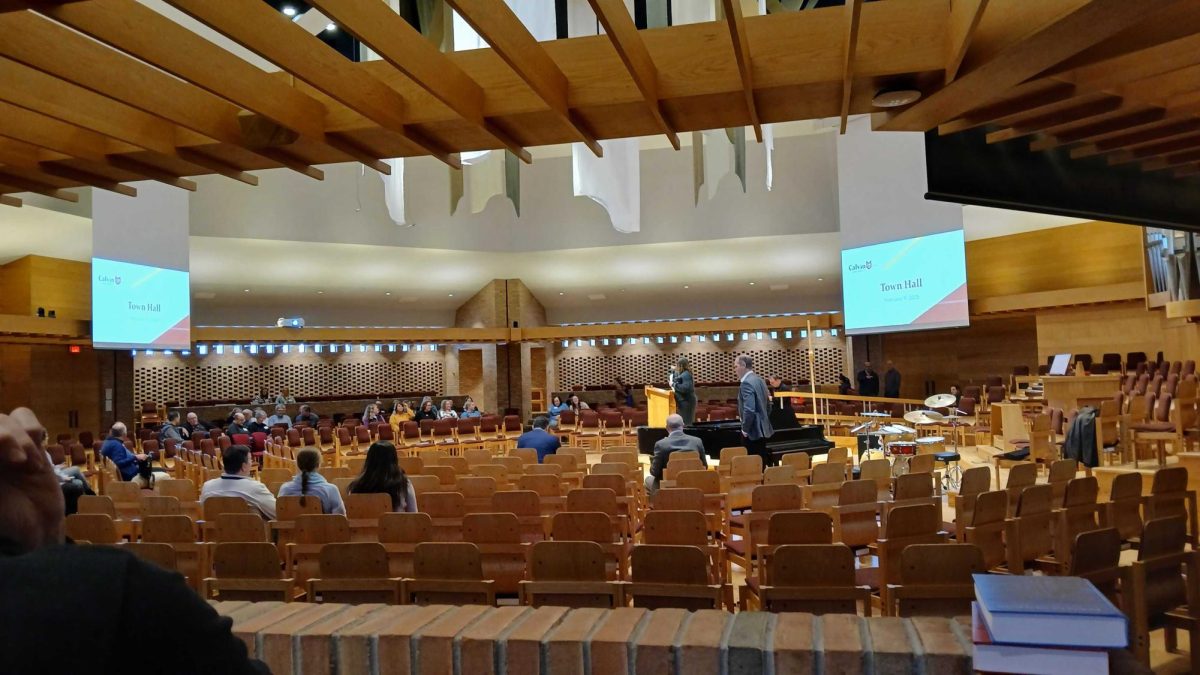As many students eagerly await the upcoming four weeks off from school after exam week, some are planning an early return to classes — even if those classes happen outside the classroom.
During the first two weeks of January, some Calvin students will take part in one of 13 off-campus trips as part of the Winter Intensive, which was first offered last year. These trips are designed for students in a variety of majors, as well as for Calvin’s various cohorts.
Although new in its current form, there’s a long tradition of offering January classes at Calvin. For many years, up until January 2021, the interim term in the month of January was a chance for professors and students to try something new. Students were required to take an interim course a minimum of three times, and there were no additional costs for many of these courses.
Financial incentives were, at least in part, a reason for the end of the Interim in its previous format. “The way it was described at Faculty Senate is that effectively we are giving away college credit and we can’t do that,” Craig Hanson, professor of art history, said.
In the updated schedule, May term courses took the place of Interim. Unlike Interim, May term courses are not rolled into the fall or spring terms, and always have additional tuition costs associated with them.
“The affordability issue was pretty serious for May term,” Provost Noah Toly told Chimes. With cost-effectiveness in mind, administrators and faculty sought to bring back an option where people could go abroad or for experiential learning opportunities in the U.S., and… if they couldn’t afford to just pay out of pocket for it, they could at least include it in their spring registration,” Toly said. Financially, the key difference between Interim and the new winter intensive is the ability to roll winter intensive credits into the spring semester, keeping costs down to “direct-costs-only,” Toly said.
Senior Kate Witvliet will be going to Ghana for winter intensive on a trip led by Eric Washington, professor of history. As a history major, Witvliet has taken many courses in the department, including Washington’s “History of Africa and The World.” “I would even jokingly in class be like, Professor Washington, when are you going to take us on a trip?” Witvliet said. “And so I couldn’t pass up exploring this opportunity. And I think getting that interdisciplinary perspective of traveling with a historian, Professor Washington, and then also a social worker, Professor Sherita Washington, will be really profound.”
First year student Mike Liang will be traveling to Belize to study tropical ecosystems with professors Randall DeJong and Amy Wilstermann. “We’ll be logging species, doing work to protect tropical rainforests, as well as the aquatic ecosystems there,” Liang said.
Liang joined the Belize trip after getting waitlisted from another winter intensive program headed to the Grand Canyon. Liang is excited for the chance to learn “how to better take care of God’s creation, including the amazing species in the rainforest and tropical oceans, ” Liang told Chimes.
Both Witvliet and Liang are looking forward to spending the winter intensive learning with their professors and peers in new contexts, and would both recommend the experience to others. Even with the various cost-savings strategies, the price tag on a winter intensive trip remains “substantial” according to Liang. Witvliet agreed, saying “it’s a big investment, but travel is transformational, and I think it just opens up so many new perspectives.”
Even with a full slate of new opportunities, there’s still sometimes a sense of loss around Interim. “One of the things that we’ve lost is the muscle memory of this as part of Calvin culture,” Hanson said. Hanson will be leading an honors trip to Venice, Italy in January, and hopes that the Venice trip builds to the point of “doing a January away maybe once every three or four years.”
“So much of the hype around Interim was.. students would have a great experience in January off-campus, and then they would come back, talk about how great it was, and it made other students want to do it next year or two years later,” Hanson said.
Demand for January classes, Toly said, is “not yet where we want it to be, but it’s still growing… it may take three to five years for you to see what the program can really do.”



